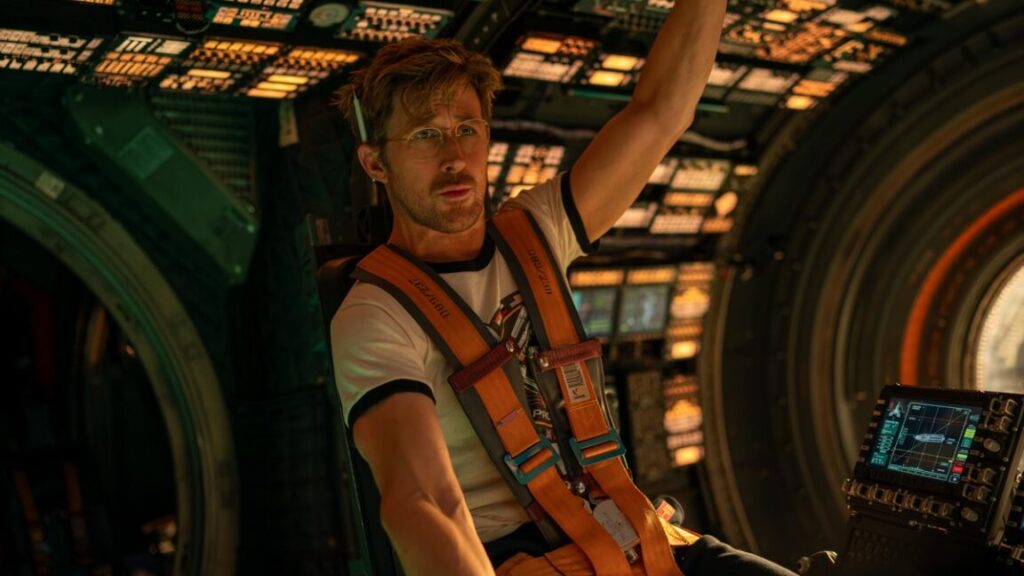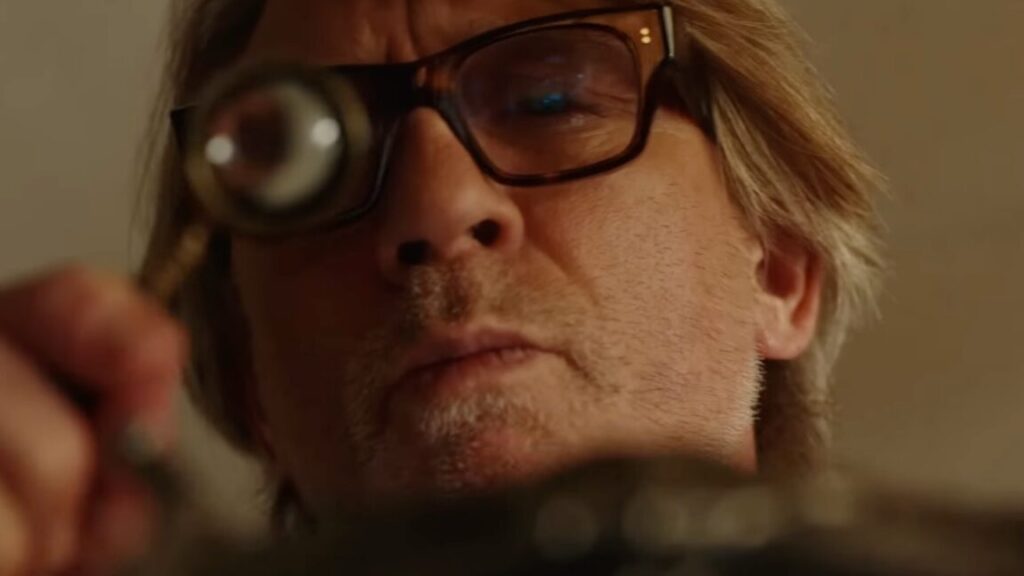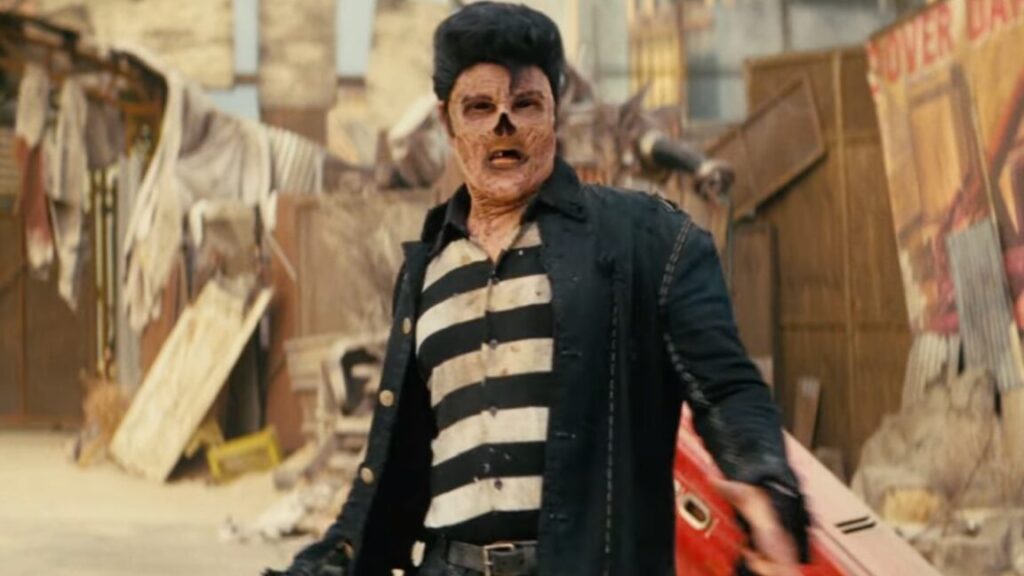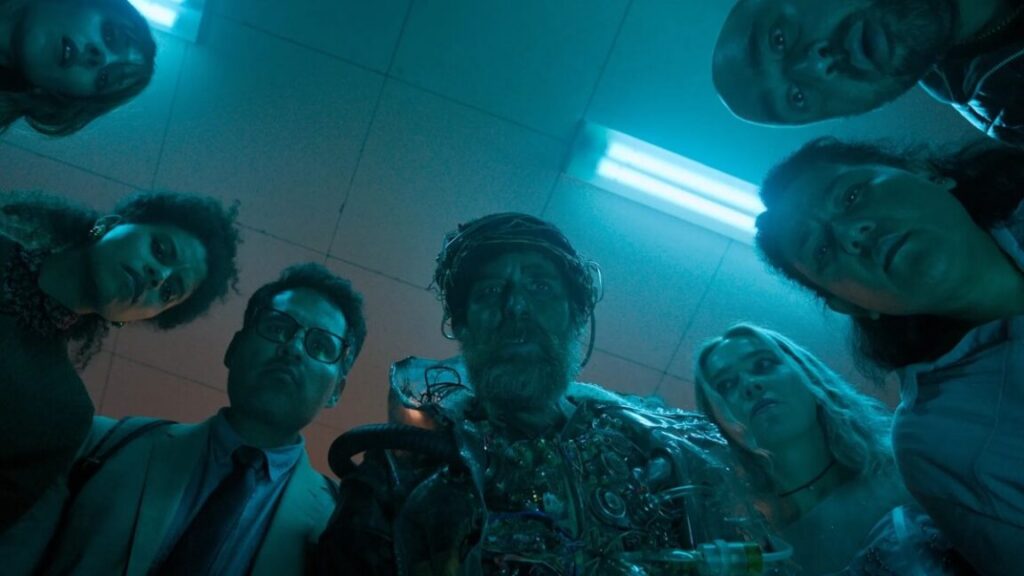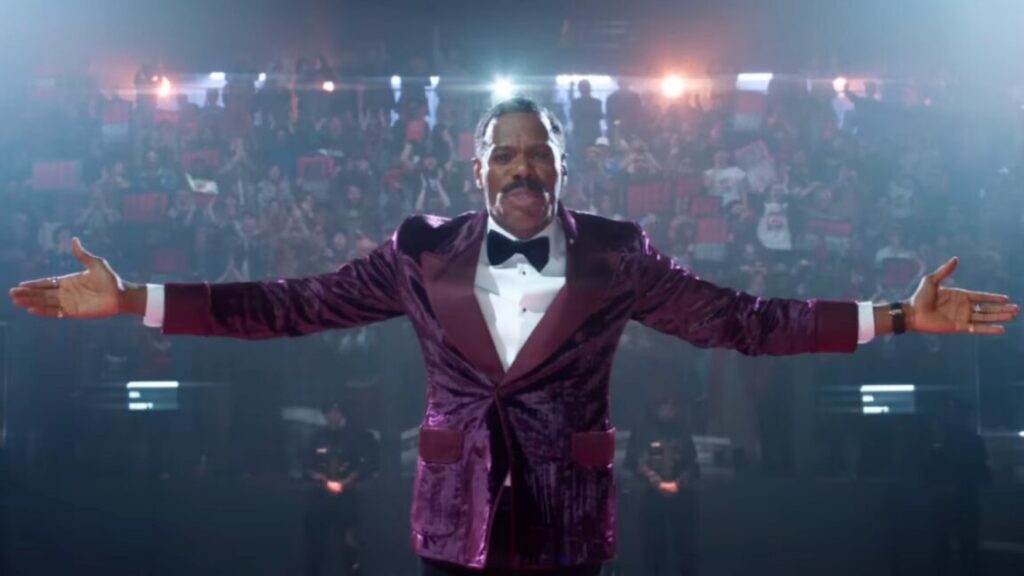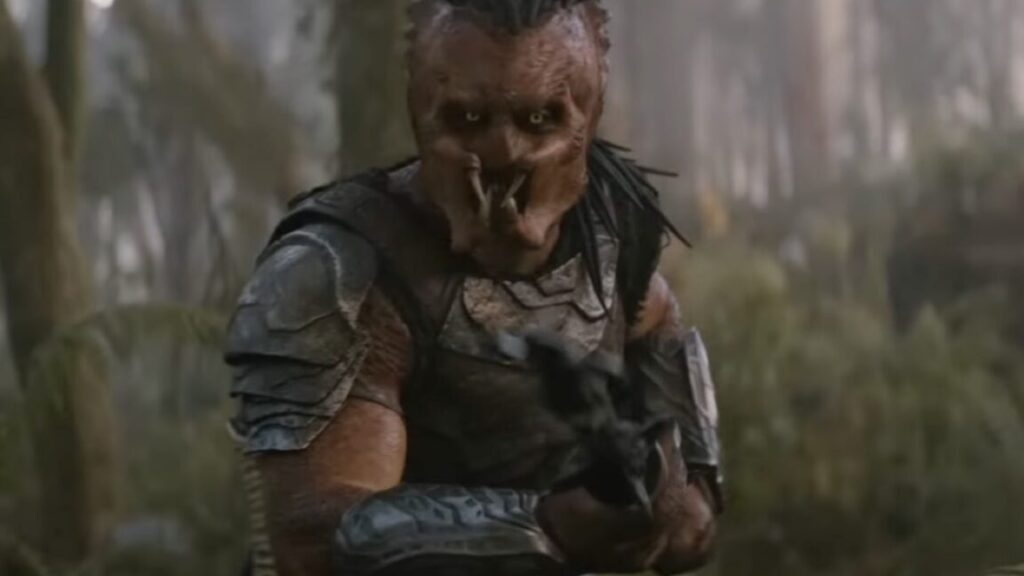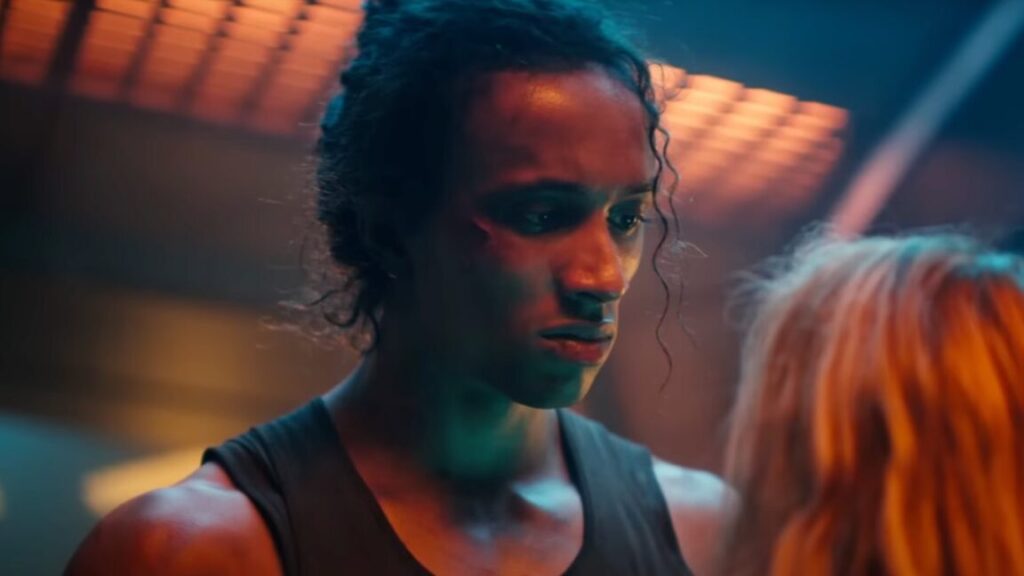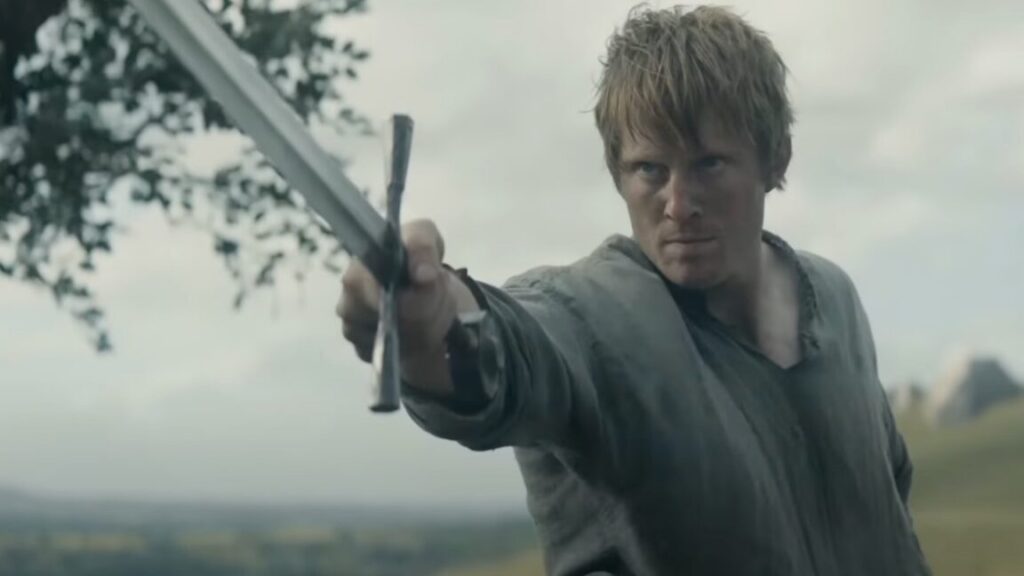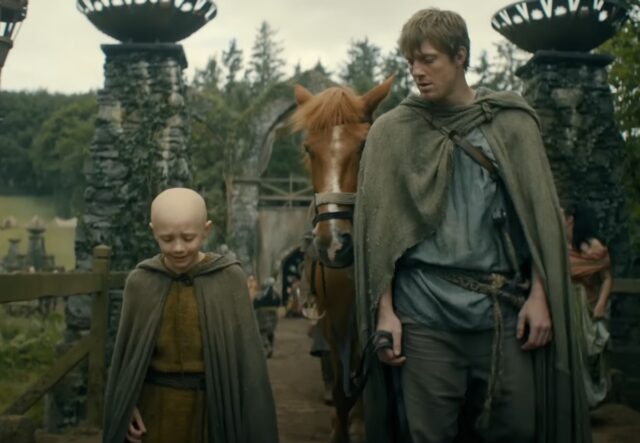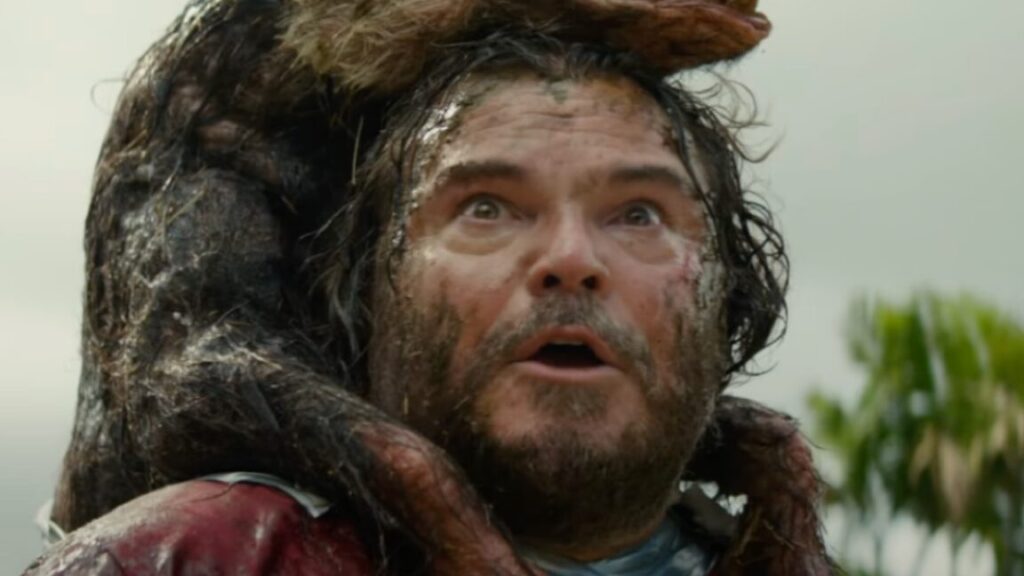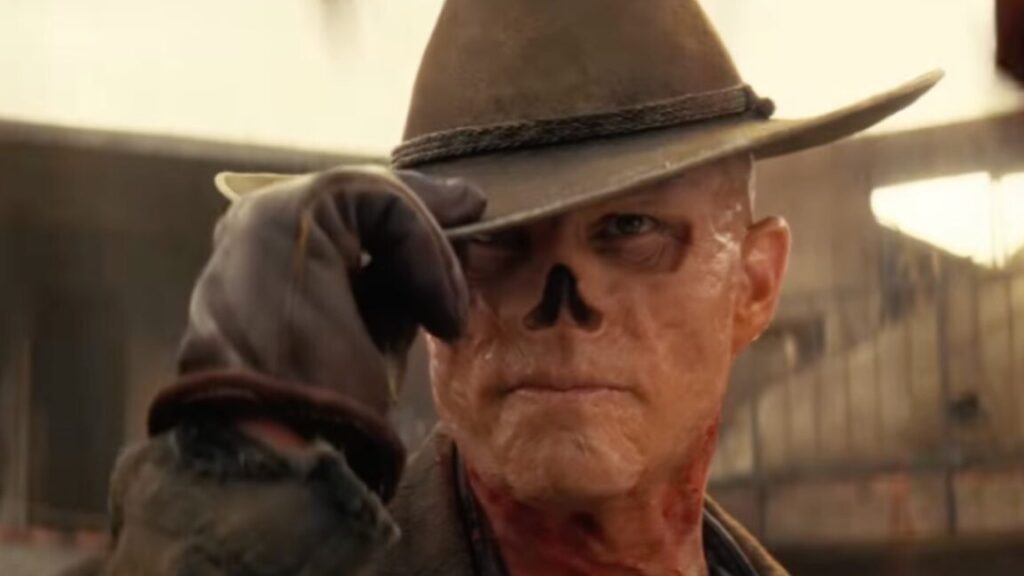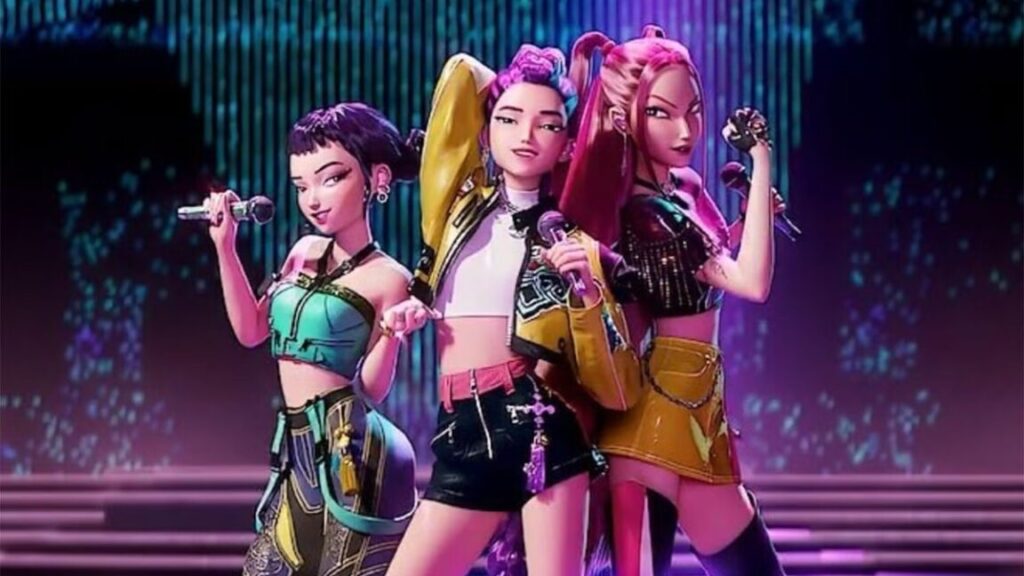Ryan Gosling must save dying stars in Project Hail Mary trailer
The big holiday releases are still waiting in the wings, but it’s not too soon to look forward to what’s coming in 2026. Amazon MGM Studios has released a new trailer for its forthcoming space odyssey Project Hail Mary, which is based on Andy Weir’s (The Martian) bestselling 2021 novel about an amnesiac biologist-turned-schoolteacher in space.
Weir told The New York Times that the inspiration for his novel came from a planned multi-book space opera called Zhek that he began writing after The Martian, about a potential fuel for interstellar travel. He eventually abandoned that effort and wrote the 2017 novel, Artemis, instead, but aspects of Zhek found their way into the Project Hail Mary novel.
As we’ve previously reported, Amazon MGM Studios acquired the rights for Weir’s novel before it was even published and brought on Drew Goddard to write the screenplay. (Goddard also wrote the adapted screenplay for The Martian, so he’s an excellent choice.) The studio tapped Phil Lord and Christopher Miller (Cloudy with a Chance of Meatballs, The LEGO Movie) to direct and signed on Ryan Gosling to star. Per the official premise:
Science teacher Ryland Grace (Ryan Gosling) wakes up on a spaceship light years from home with no recollection of who he is or how he got there. As his memory returns, he begins to uncover his mission: solve the riddle of the mysterious substance causing the sun to die out. He must call on his scientific knowledge and unorthodox ideas to save everything on Earth from extinction… but an unexpected friendship means he may not have to do it alone.
In addition to Gosling, the cast includes Sandra Huller as head of the Hail Mary project and Ryland’s superior; Milana Vayntrub as project astronaut Olesya Ilyukhina; Ken Leung as project astronaut Yao Li-Jie; Liz Kingsman as Shapiro; Orion Lee as Xi; and James Ortiz as a new life form Ryland names Rocky.
Ryan Gosling must save dying stars in Project Hail Mary trailer Read More »
